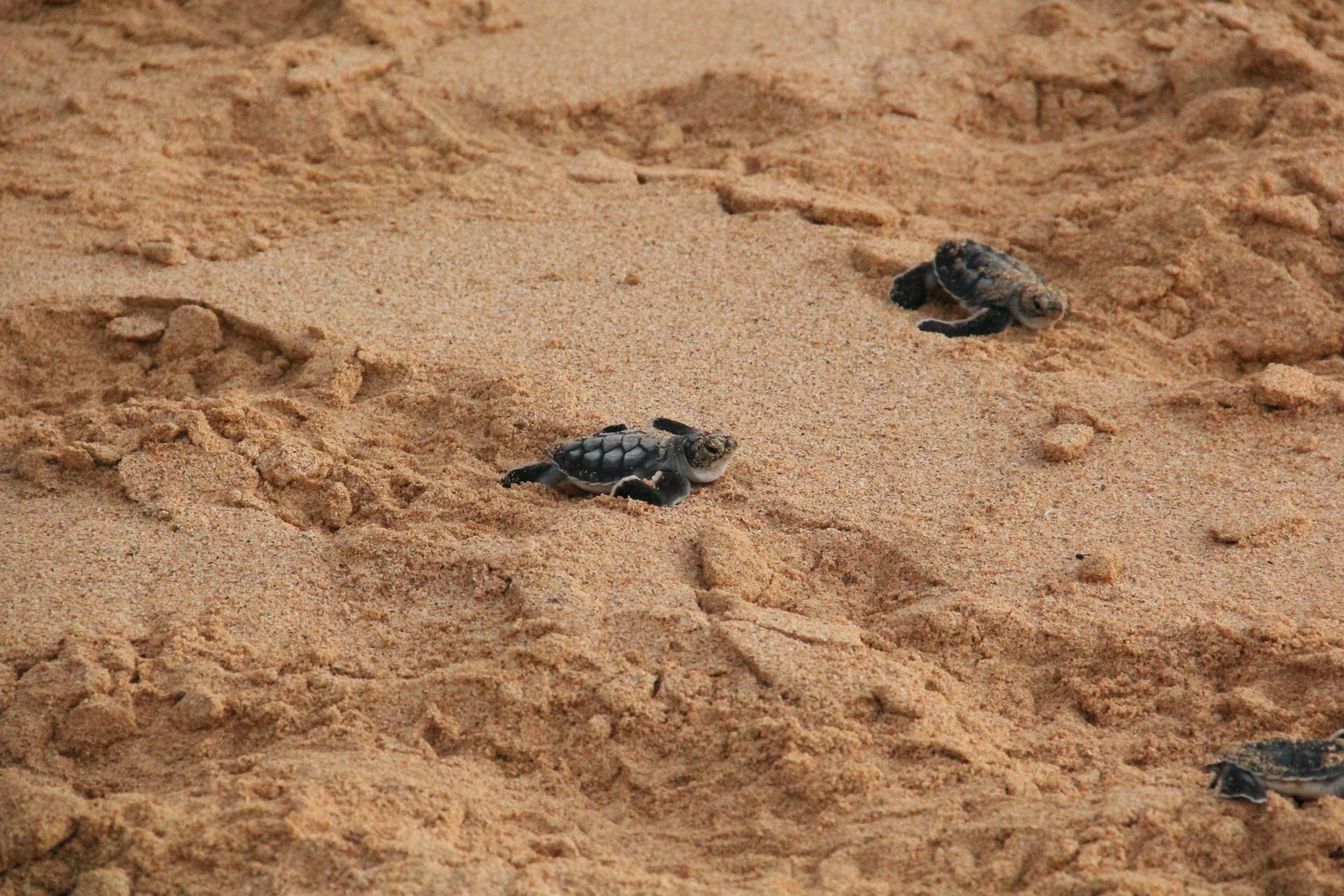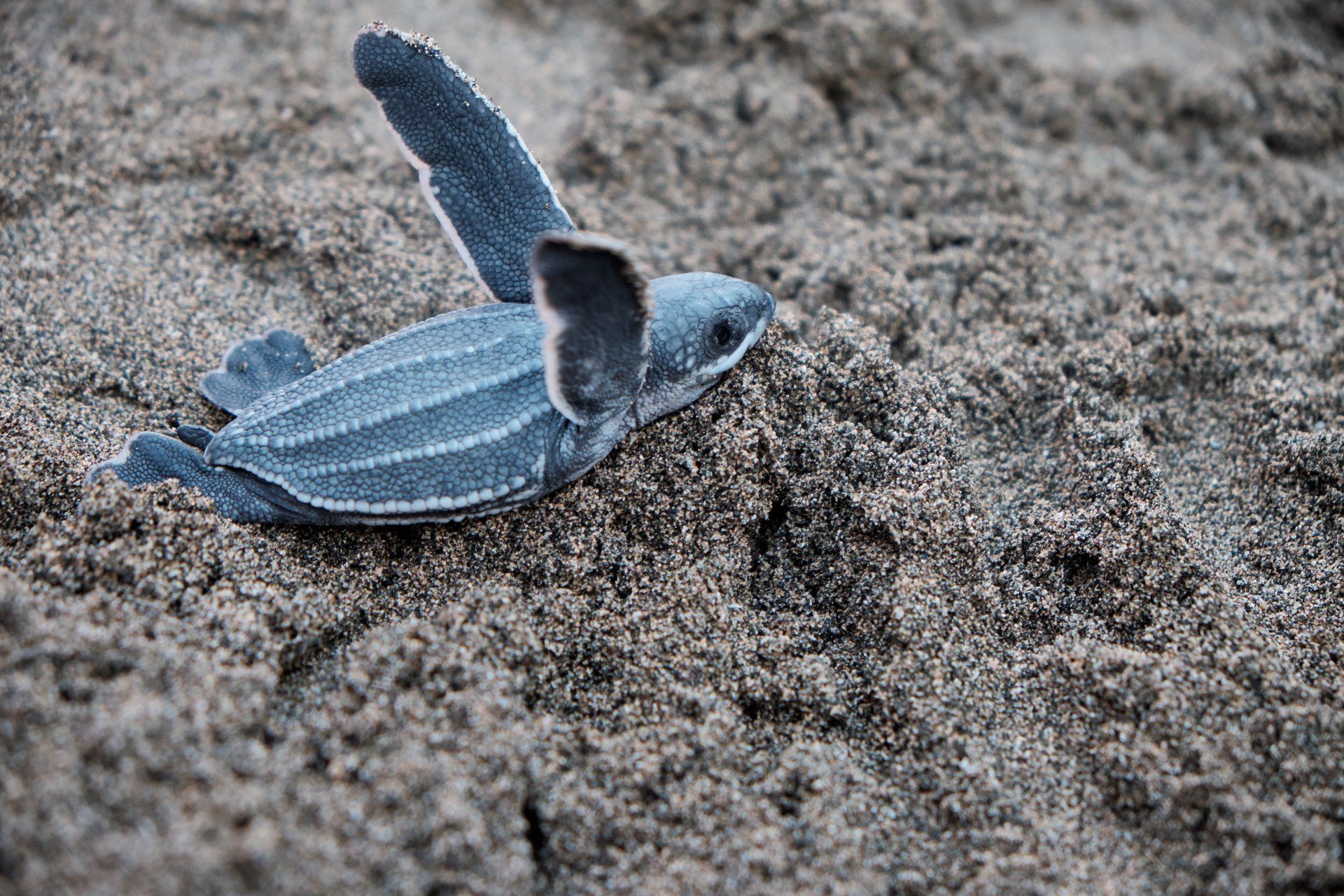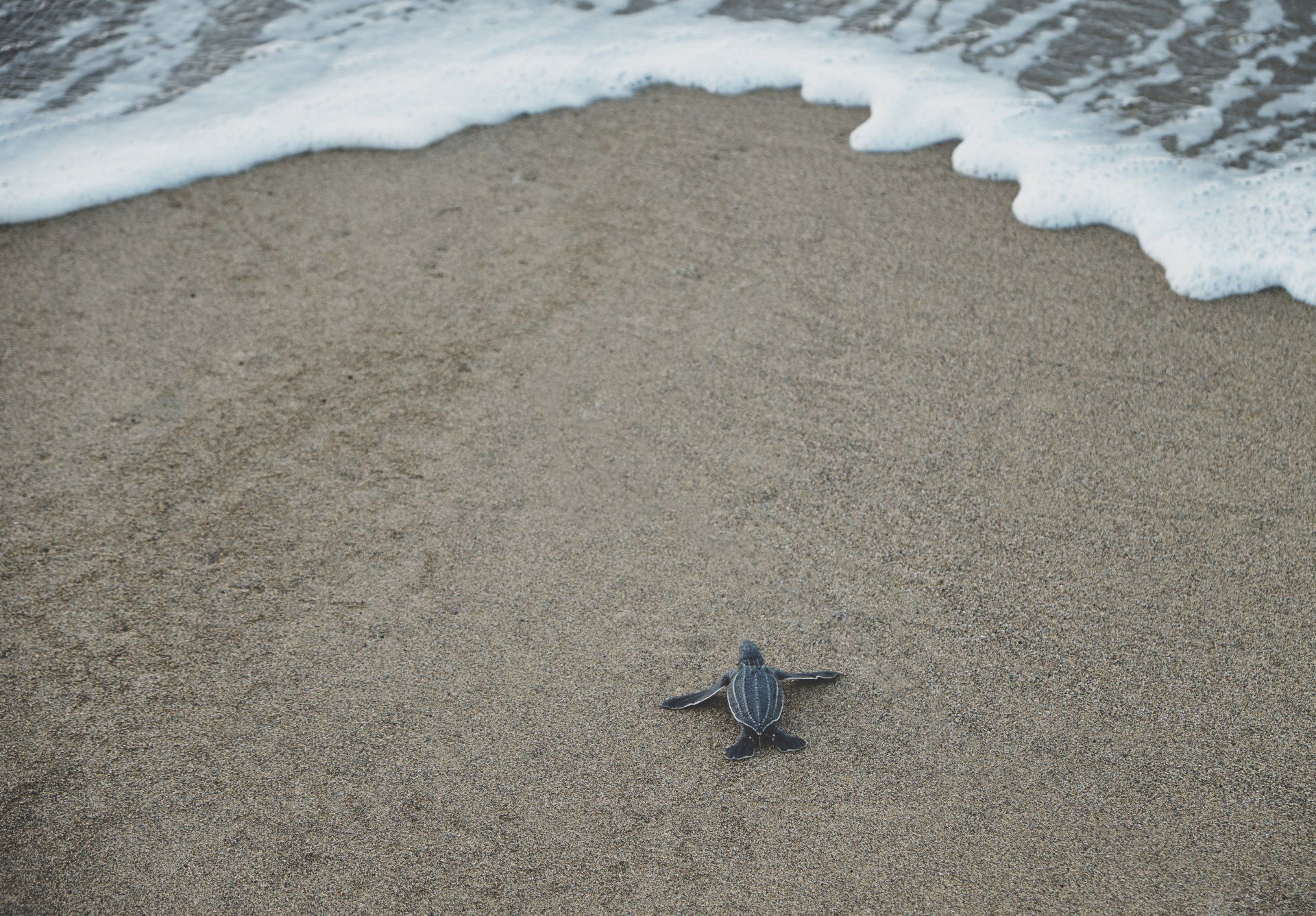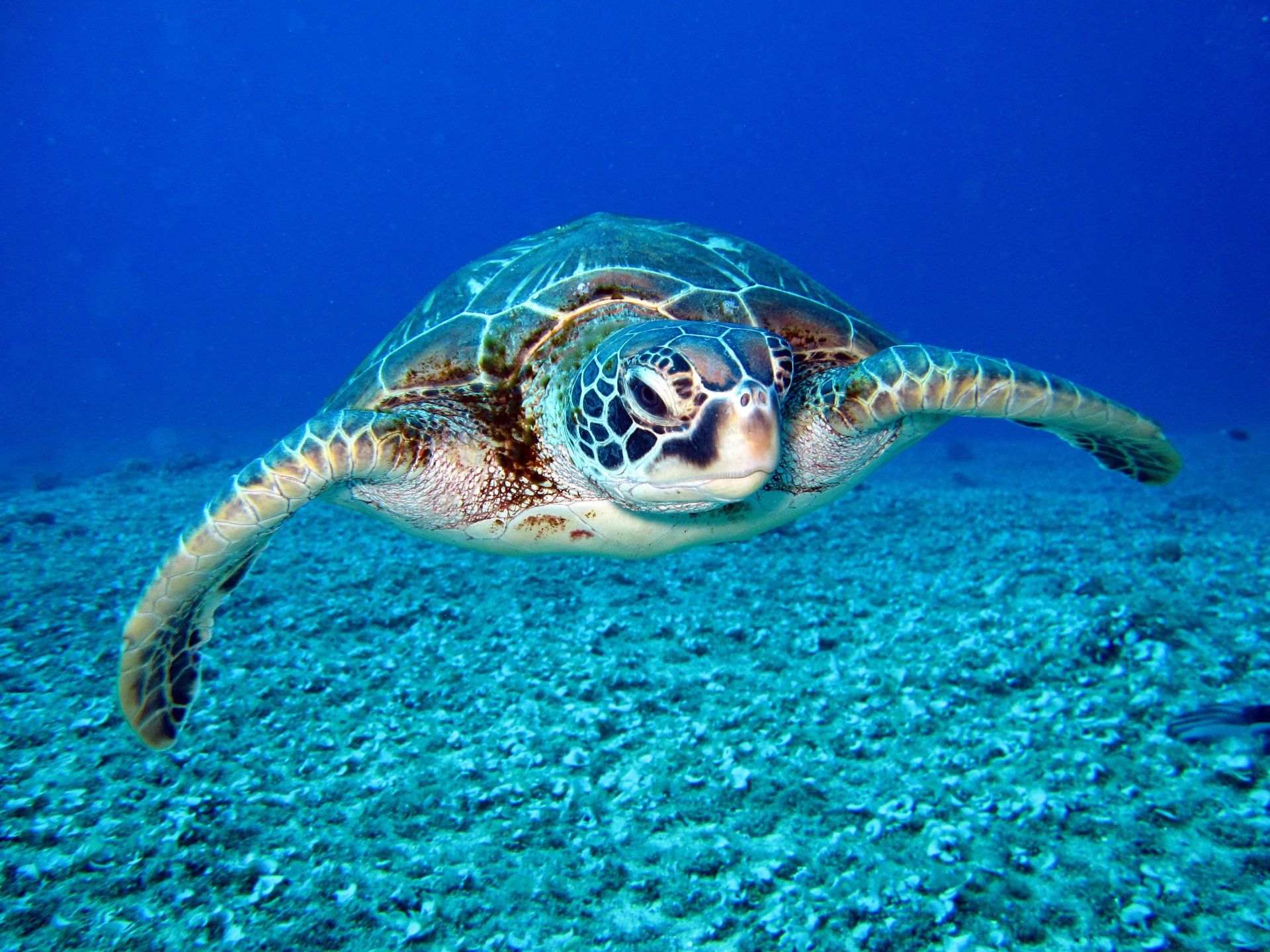FOLLY TURTLES
BOOK NOW
TURTLE NESTING AREA
LOGGERHEAD TURTLES NESTING AT FOLLY BEACH
We are incredibly lucky to be in the presence of such majestic creatures - the Loggerhead sea turtles. These magnificent creatures come to Folly beach between May and September each year to lay their eggs. During the nesting season, female Loggerheads nest up to 5 times, and interestingly, they won’t return for another 2 to 3 years to repeat the cycle. Many believe that they have an innate instinct to build their nests on the same beach where they were born. Because of this incredible natural event, it is critical we prioritize the correct management of these nesting sites to ensure the long-term sustainability of Loggerhead nesting at Folly beach.





